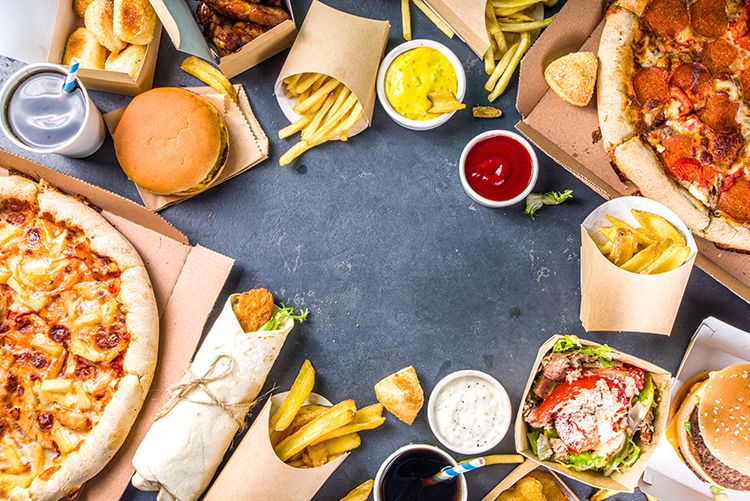
One way that the dairy checkoff works to move volume and drive sales of dairy products is to partner with major food companies, such as Domino’s and McDonald’s. During a recent “Your dairy checkoff” podcast, Paul Zieminsky, executive vice president for domestic partnerships at Dairy Management Inc., explained what they look for in potential partners.
Their criteria, Zieminsky shared, starts with putting more milk into the system; they are not looking to partner with companies that want to “steal” share from another player. “Will the partner drive incremental and sustainable sales for the category?” he asked rhetorically. Driving sales incrementally is critical, he emphasized.
They are also looking for partners that are willing to make significant investments in dairy products. Zieminsky said that on the food service side, it’s typically a minimum 10 to 1 ratio of what the company puts into promoting dairy versus what the checkoff does. As an example, he shared that some of their domestic partners will spend $1.5 billion annually advertising dairy.
Partners must also have shared values and objectives with the farmer. “We want to make sure partners are supportive of the farmers’ interest,” he said. They want partners who understand what farmers do and the value they bring to society and that have a willingness to show that to their customers.
Another qualification for partnership is a commitment from senior management. “That is where the decisions are made, and having a company’s leadership team involved is critical,” Zieminsky noted.
Several new checkoff partners have been added in the past few years, and the potential for more is there. “We try to be an advocate for the farmer and the category,” Zieminsky said. “Our job is to grow categories. We are always looking for new growth spaces that can position dairy for long term success.”
One example he shared is chicken sandwiches. Prior to the COVID-19 pandemic, chicken sandwich sales were growing 10% per year. Even during the pandemic, sales were still rising 7% per year, and today, they are back over 10%.
While 86% of burgers sold in the U.S. have cheese on them, Zieminsky said less than 20% of chicken sandwiches do. The checkoff is working to help food chains recognize the value of adding cheese to chicken. By raising the number of sandwiches with cheese to 30%, he noted that a couple million more pounds of dairy would be used on purchases consumers are already making in the accelerating chicken sandwich category.
The purpose of the checkoff, Zieminsky reminded listeners, is to work on behalf of the farmer. “Our job is to look at new places, whether it’s international or domestically, where we can create these catalytic, long-term, sustainable sales,” he said.








